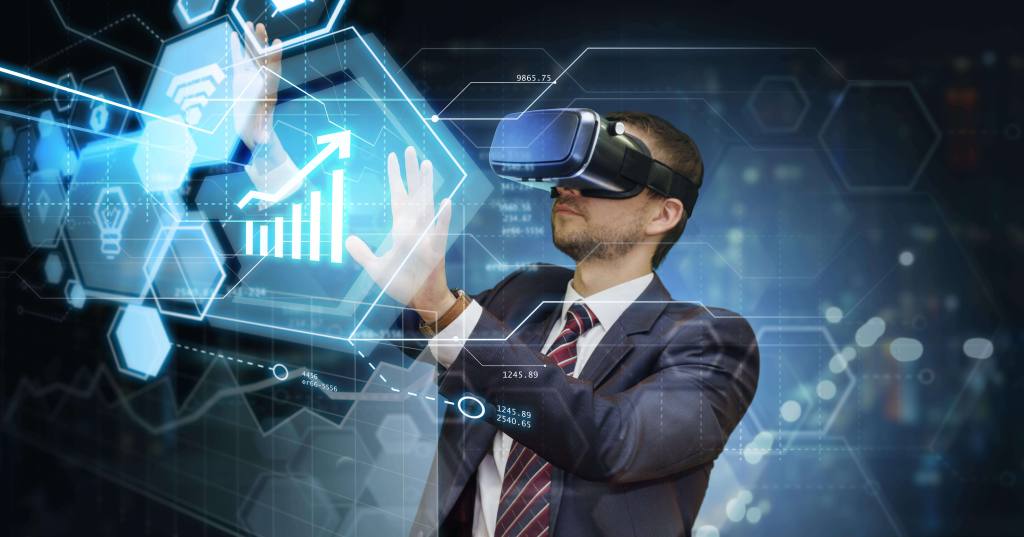Technology has been transforming the classroom for years, but nothing has quite the same immersive potential as augmented reality (AR) and virtual reality (VR). These two tools are rapidly changing the way students learn and how teachers engage with their classrooms. The once static nature of textbooks and lectures is now giving way to interactive experiences that make education more dynamic, engaging, and fun. As AR and VR continue to evolve, they are becoming key components in modern educational environments, offering an array of benefits that go beyond traditional teaching methods.
Creating Immersive Learning Environments
When students are placed in a 3D environment through VR, the boundaries of the classroom disappear. Imagine learning about ancient Rome not by reading a passage in a textbook, but by walking through the ruins of the Colosseum, hearing the sounds of the city, and experiencing history as if you were actually there. AR takes this concept even further by overlaying interactive elements onto the real world. For instance, students can point their smartphones at a diagram in a biology textbook and suddenly see a 3D model of a heart beating in front of them.
These immersive environments help students retain information more effectively. Research has shown that when students are actively engaged in what they’re learning, they are more likely to remember and understand complex concepts. AR and VR transform abstract ideas into tangible experiences, making lessons more memorable and effective. Websites dedicated to educational technology have been increasingly discussing the impact of AR and VR on memory retention and student engagement.
Personalized Learning and Student Engagement
One of the biggest challenges in any classroom is accommodating the diverse learning styles of students. Some students are visual learners, others are auditory, and some thrive through hands-on experiences. AR and VR cater to all these styles by creating multi-sensory learning environments. This flexibility means that lessons can be tailored to each student’s needs, allowing them to progress at their own pace and in their own way.

These technologies also significantly boost student engagement. The novelty and excitement of using AR and VR can make even the most reluctant students eager to participate. For example, students who typically shy away from science experiments due to safety concerns can now conduct virtual experiments in a risk-free environment. This hands-on involvement makes learning more exciting and encourages students to explore subjects they might not have been interested in otherwise.
Bringing the World to the Classroom
One of the most remarkable aspects of AR and VR is their ability to bring the outside world into the classroom. No longer are students confined by geography or budgets. With these technologies, students can visit the Louvre without leaving their school, explore the ecosystems of the Amazon rainforest, or even journey into outer space.
In subjects like geography, history, and science, these virtual field trips provide experiences that would otherwise be impossible or impractical. For instance, AR and VR allow students to explore endangered habitats, interact with historical figures, or examine the microscopic world of cells and bacteria. This not only broadens students’ horizons but also deepens their understanding of global issues, making them more well-rounded individuals.
Enhancing Collaboration and Problem-Solving Skills
Classrooms of the future are more than just immersive—they are collaborative. AR and VR encourage teamwork and collective problem-solving by creating shared virtual spaces where students can interact with one another in real-time. Through VR, students can work together to solve puzzles, design models, or explore virtual worlds, all while developing critical thinking and communication skills.
AR applications, like group projects where students overlay digital annotations on physical objects, can help foster collaboration in real-world settings as well. These activities push students to think creatively and work as a team, skills that are essential not just in school, but in the workforce of tomorrow. As companies increasingly turn to collaborative digital tools, learning to work in AR and VR environments can also give students a competitive edge in future careers.
Conclusion
AR and VR are not just futuristic concepts—they are very much a part of the present-day classroom and are continuing to revolutionize education. By making learning more immersive, personalized, and interactive, these technologies are reshaping how students engage with information and develop crucial skills for the future. Teachers, too, are finding new ways to connect with their students and present material in ways that are far more engaging than traditional methods.
As the use of AR and VR expands, their impact on education will only grow, offering even more opportunities for enriching the learning experience. For educators, institutions, and students looking to stay ahead of the curve, integrating these technologies is no longer optional—it’s essential. Whether it’s walking through a historical site or exploring the depths of the ocean, AR and VR offer a glimpse into the future of learning, making education an adventure like never before.
